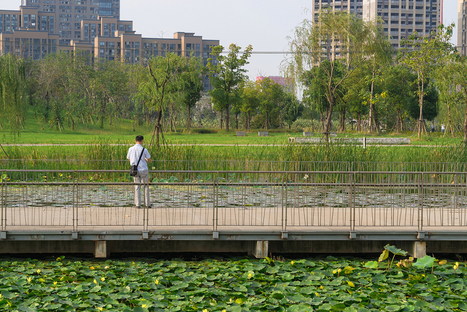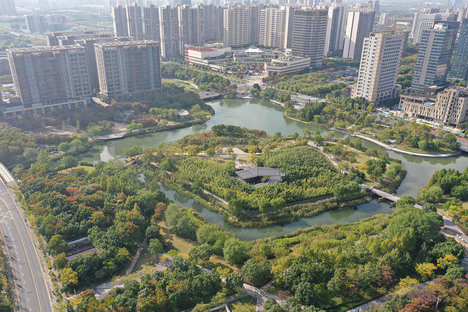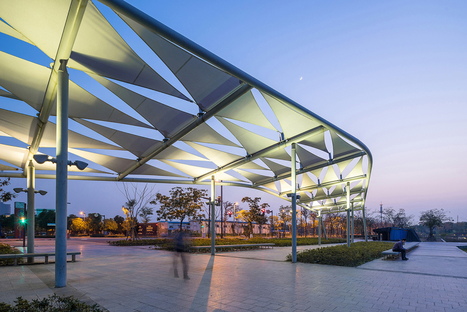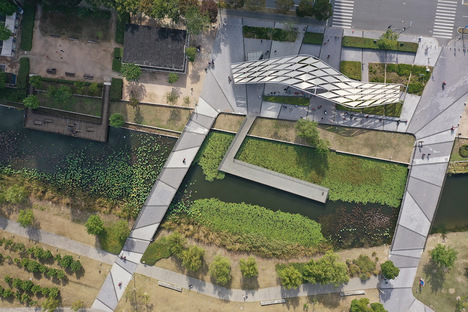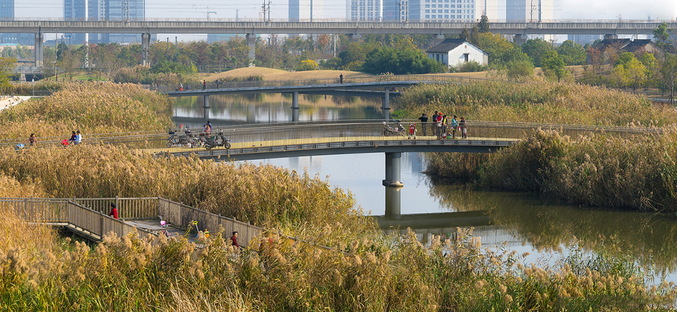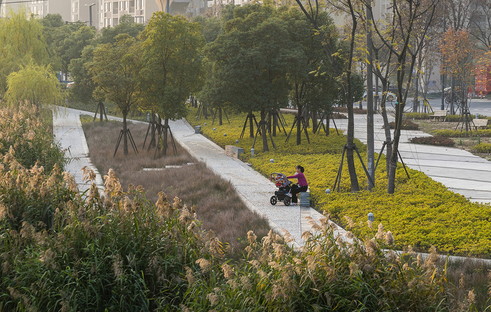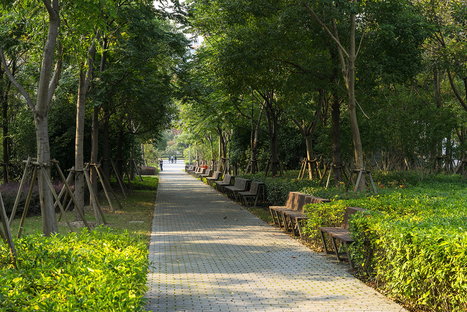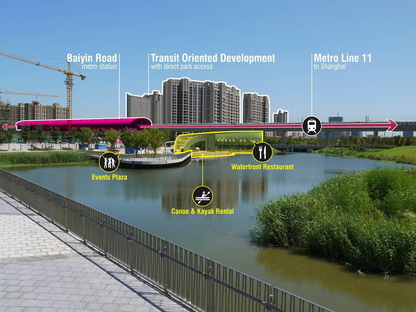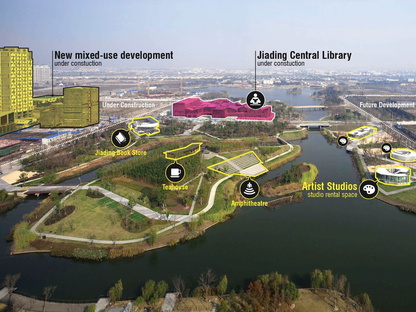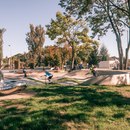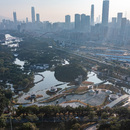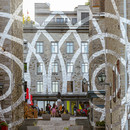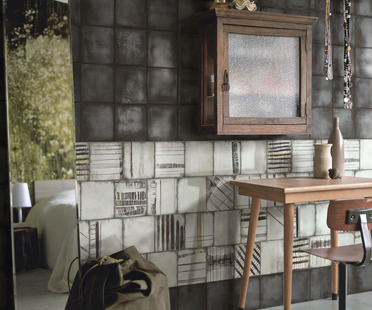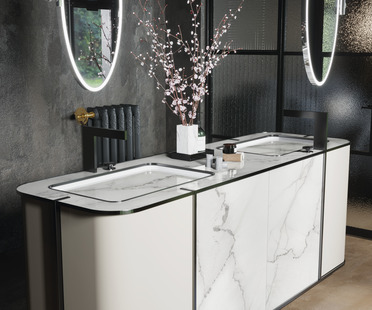- Blog
- Landscaping
- A green lung: Sasaki’s Jiading Park
 We know perfectly well what the impact of urban expansion is on almost all the world’s cities, but especially those in Asia. The keyword is densification, but without compromising the availability of green spaces for leisure for the many inhabitants that gravitate around the green lungs of our cities. One virtuous example of this approach may be found in Shanghai, where Jiading Park, designed by landscape architecture studio Sasaki, has for the past few years demonstrated the importance of integrating greenery into people’s daily lives.
We know perfectly well what the impact of urban expansion is on almost all the world’s cities, but especially those in Asia. The keyword is densification, but without compromising the availability of green spaces for leisure for the many inhabitants that gravitate around the green lungs of our cities. One virtuous example of this approach may be found in Shanghai, where Jiading Park, designed by landscape architecture studio Sasaki, has for the past few years demonstrated the importance of integrating greenery into people’s daily lives.Jiading is a high-density mixed-use residential district on the outskirts of Shanghai which now has a park measuring fully 70 hectares, Jiading Park, designed to act as a catalyst for growth in the area. The popular outdoor space in this rapidly growing district has become very important for establishing the new identity of the Jiading district.
The initial plan for Jiading Park required radical transformation, as the site was home to factories, warehouses and abandoned farmland. The canals in the area showed signs of eutrophication, that is, the presence of excessive quantities of nutrients, resulting in an explosion of algae blooms, a danger to public health. The new park not only had to reverse the negative impact of human activity, but become a recreational place of significance for the community.
To do this, the programme was expanded to include a complete study of ecological systems on the site, with the goal of planning an immersive experience for users while restoring the site’s natural heritage. Hence the idea of a naturalised 3.2 kilometre-long canal forming the backbone of the park, where wetlands improve water quality and support riparian habitats. A number of areas inaccessible to human beings provide a refuge for wild fauna. Bodies of water cover a total of 16.4% of the park, while wetlands account for 9.2%. A post-occupation assessment conducted by the East China Normal University noted significant improvement in water quality throughout the site.
Samples taken at multiple points along the canal in the course of the year demonstrated a 66% reduction in total nitrogen levels and a 97% reduction in total phosphorous. Biodiversity also benefited greatly from the project, and pollinators, which were not observed in the initial inventory of the site, are now present, while fish and amphibian communities grow. The park has also greatly reduced the island effect of urban heat in Jiading District, with an average reduction of air temperature at the surface of 1.9 degrees Celsius in the park. Estimates suggest that about 167 tonnes of carbon will be sequestered in the park every year, as compared to a pre-development baseline of 39 tonnes.
Since it opened in 2013, Sasaki’s Jiading Park has become the geographic and symbolic centre of the district, revealing how nature-centred planning can provide a model applicable to urban expansion that brings benefits for the entire community, for the resilience of the environment and for its beneficial psychological effect on people.
Il Jiading Park has won numerous awards, including the Honor Award for Urban Design presented by the American Society of Landscape Architects.
Christiane Bürklein
Project: Sasaki Landscape
Location: Shanghai, China
Year: 2013
Images: ©Qianxi Zhang, ©Hengzhong Lv,










